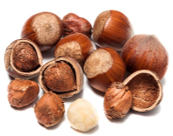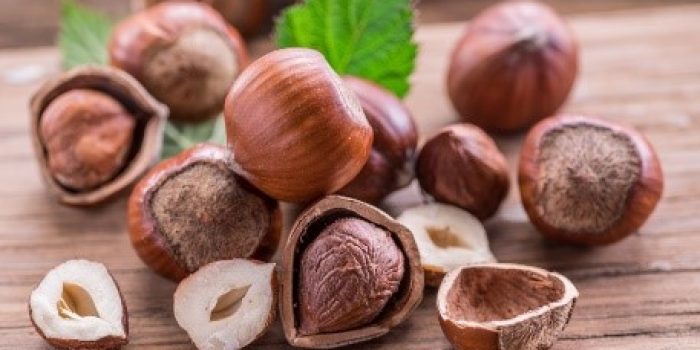Did you know that hazelnuts have been a feature of the human diet since prehistory? Hazelnuts are thought to have originated in Asia, from where they spread to Europe, making them one of the oldest crops in the region.
The main producing countries of hazelnuts are Turkey, Italy, Azerbaijan, Georgia, USA, Chile and Iran. Turkey, the largest producer, accounts for around 63% of total global production (2018/2019 season).
Hazelnuts‘ nutritional value and exquisite flavor make hazelnuts unique and an ideal ingredient in a wide range of foods. They combine particularly well with chocolate. Hazelnuts come in a huge variety of ways and bring an unmistakable flavor and texture to chocolate, cakes, pastries, bread, dairy, cereals, salads, main courses, sauces and desserts.
Bites of Health

Hazelnuts are high in monounsaturated fat, which may help lower bad cholesterol levels and reduce your risk of heart disease. Also, they are high in fiber, thiamin, vitamin B6, vitamin E and minerals such as potassium, iron, magnesium, phosphorus, copper and manganese. They are also a source of pantothenic acid, zinc and vitamin K.
Facts and Figures
Herodotus’ The Histories (490-425 BC) mentions the cultivation of hazelnuts in the eastern Black Sea Coast region and describes pressing techniques for their valuable oil. The Ancient Greek philosopher Theophrastus (372-287 BC) describes the botanic features and cultivation principles of hazelnuts in his works. Also, the hazelnut tree was considered a symbol of fecundity and fertility in Eurasian, Germanic and Northern European cultures. Hazelnuts were often featured in wedding traditions in Germany and Russia.










